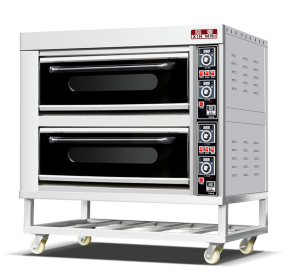You’re all set for the morning rush. Your dough is proofed, your team is ready, but your commercial baking oven isn’t heating right. Your heart sinks. Every minute of downtime costs you money and disappoints your customers. But don’t panic – you’re about to learn exactly how to handle this.
When your oven acts up, you lose an average of $500-1,000 in product and sales per day. But here’s the good news: you can solve many common problems yourself, often in minutes. Your quick action now saves thousands in emergency service calls later.
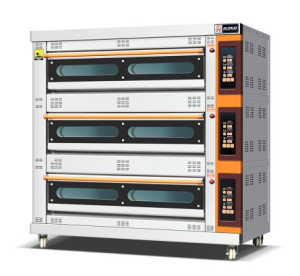
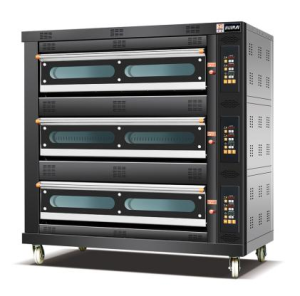
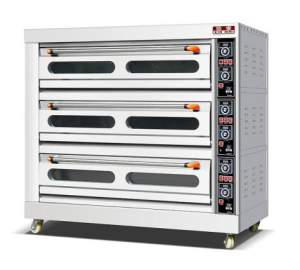
Common Temperature Issues That Kill Your Production
Your oven’s temperature problems show up in three ways: slow heating, temperature swings, or cold spots. Each has distinct causes and solutions.
When your oven takes forever to heat up, check your power supply first. You’d be surprised how often a tripped breaker or loose connection causes this. Head to your electrical panel and verify all switches are fully on. Next, check your door seals – even a small gap drains power like a broken dam.
Your temperature swings tell you something’s wrong with either your thermostat or heating elements. If your digital display shows one temperature but your separate oven thermometer shows another, you need calibration. You can often recalibrate yourself – check your manual for the exact steps for your model.
Finding cold spots in your oven? Rotate a test batch of cookies through different rack positions. Mark where products bake unevenly. Your heating elements might be failing, but before you call service, check your oven’s position. Even a slight tilt can cause uneven heating.
Steam System Troubles That Ruin Your Bread
Your steam system makes or breaks your bread quality. When it fails, your crusts suffer first. You’ll notice either too little steam, uneven distribution, or water pooling at the bottom.
Check your water line pressure first – you need at least 30 PSI for proper steam generation. Clean your steam nozzles weekly – mineral buildup is your biggest enemy. Use white vinegar solution for cleaning, not harsh chemicals that corrode the system.
Your drain line often causes sneaky problems. If water backs up into your oven, you’ve got a clogged drain. You can often clear this yourself with a drain snake, but wear heat-resistant gloves – that water’s hot.
A proper steam system should give you a blast of steam within seconds of activation. If there’s a delay or weak output, descale your system monthly. Mix one part vinegar to three parts water, run it through your steam cycle, then flush with clean water twice.
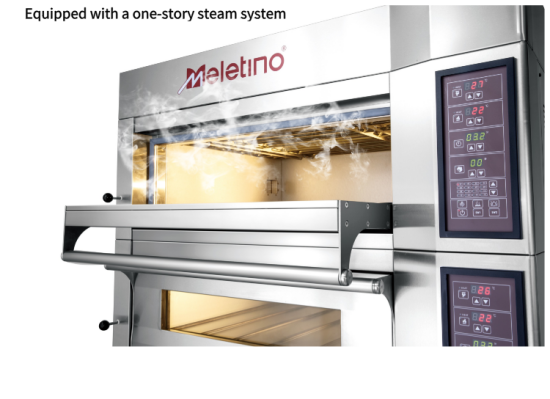
Control Panel Malfunctions You Can Fix
Your control panel is flashing error codes. Your stomach drops. But before you reach for the phone, try these proven fixes.
“000”: This usually means the thermostat is faulty. Check the power connection first—make sure the plug is secure. If the issue persists, you’ll likely need to replace the thermostat.”HHH”: This indicates the sensor might be damaged or improperly connected. Power down the oven completely for 2 minutes, then restart. If the error remains, check the sensor connection for any loose or damaged parts. Replace the sensor if needed.
Still stuck? Contact technical support to keep your operations running smoothly!
Your digital display goes dark? Check your voltage regulator. Low power kills control panels faster than anything else. Test your outlet voltage – it should read between 220V or 380V. Lower readings mean you need an electrician, not an oven technician.
Door and Seal Issues Costing You Money
Your oven door isn’t sealing right. You feel the heat escaping. Every gap in your door seal wastes 20% more energy. Run your hand around your door’s edge – you’ll feel where heat leaks out.
Check your door hinges first. Loose hinges mean uneven closure. Tighten all hinge bolts with your oven cold. If your door still hangs unevenly, adjust your latch mechanism. Two turns clockwise usually does it.
Your gaskets take the most abuse. Replace them when they’re compressed to half their original thickness. Don’t wait – damaged gaskets spike your energy bills and cause uneven baking. New gaskets cost $14-20, but save you triple that in energy costs.
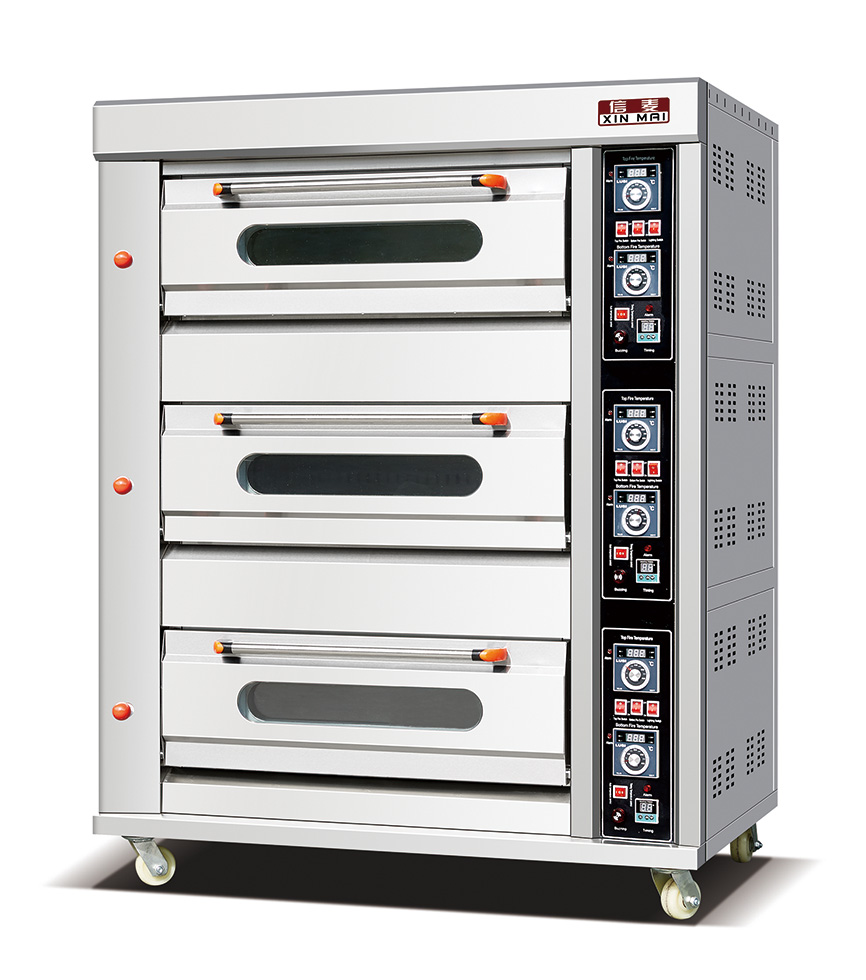
Essential Maintenance Steps You Must Take
Your daily cleaning routine prevents 80% of major problems. Wipe down your door seals every night. Clean spills immediately – they burn into permanent damage. Empty your steam generator’s sediment trap daily.
Weekly maintenance takes 30 minutes but saves hours of downtime:
- Test your door seals with the paper test
- Clean all steam nozzles and injection ports
- Check electrical connections for signs of heat damage
- Run your calibration cycle with an empty oven
Monthly deep cleaning protects your investment. Descale your steam system. Clean behind your control panel vents. Documentation matters – keep a maintenance log. When you need service, this log saves diagnostic time and money.
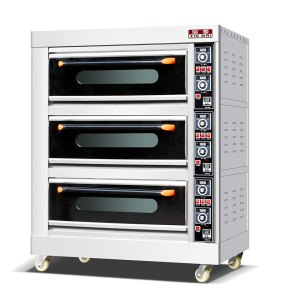
Your Emergency Response Plan That Works
When your oven fails during peak hours, you need a backup plan. Keep these essentials ready:
Build relationships with two bakeries in your area. They can help with emergency baking when your oven’s down. Sure, it costs more, but it beats disappointing your regular customers.
Stock these critical spare parts:
- Door gaskets
- Temperature sensors
- Control panel fuses
- Heating element connections
Keep three service numbers on speed dial – your regular technician, an emergency backup, and your oven manufacturer’s support line. Test these numbers monthly. Technicians change jobs, and you can’t afford to discover dead numbers during a crisis.
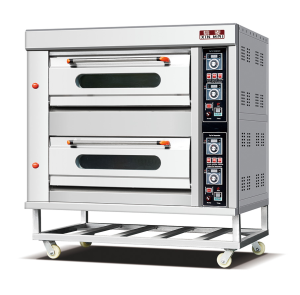
Fast-Action Steps When Things Go Wrong
Your response in the first 15 minutes of an oven problem determines your downtime length. Follow this quick checklist:
- Check your electrical connections
- Document the exact problem symptoms
- Review your maintenance log for patterns
- Call for service if you can’t fix it in 20 minutes
The Bottom Line
Your commercial baking oven is your bakery’s heart. Every minute you spend learning these troubleshooting steps pays off in reduced downtime and lower repair bills.
Want to stay ahead of problems? Take these steps now:
- Print your emergency contact list
- Order basic spare parts
- Schedule staff training on basic maintenance
Remember: most oven problems give warning signs. You just learned how to spot them early. Use this knowledge to keep your oven running smoothly and your bakery profitable.
